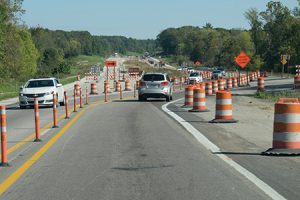
New dockless electric scooter system ‘Bird’ runs into trouble as city ponders regulation
City code enforcement officials sent the company a letter asking them to halt their service for 30 days while the city works out a regulatory scheme that would tackle dockless bike and scooter sharing.







